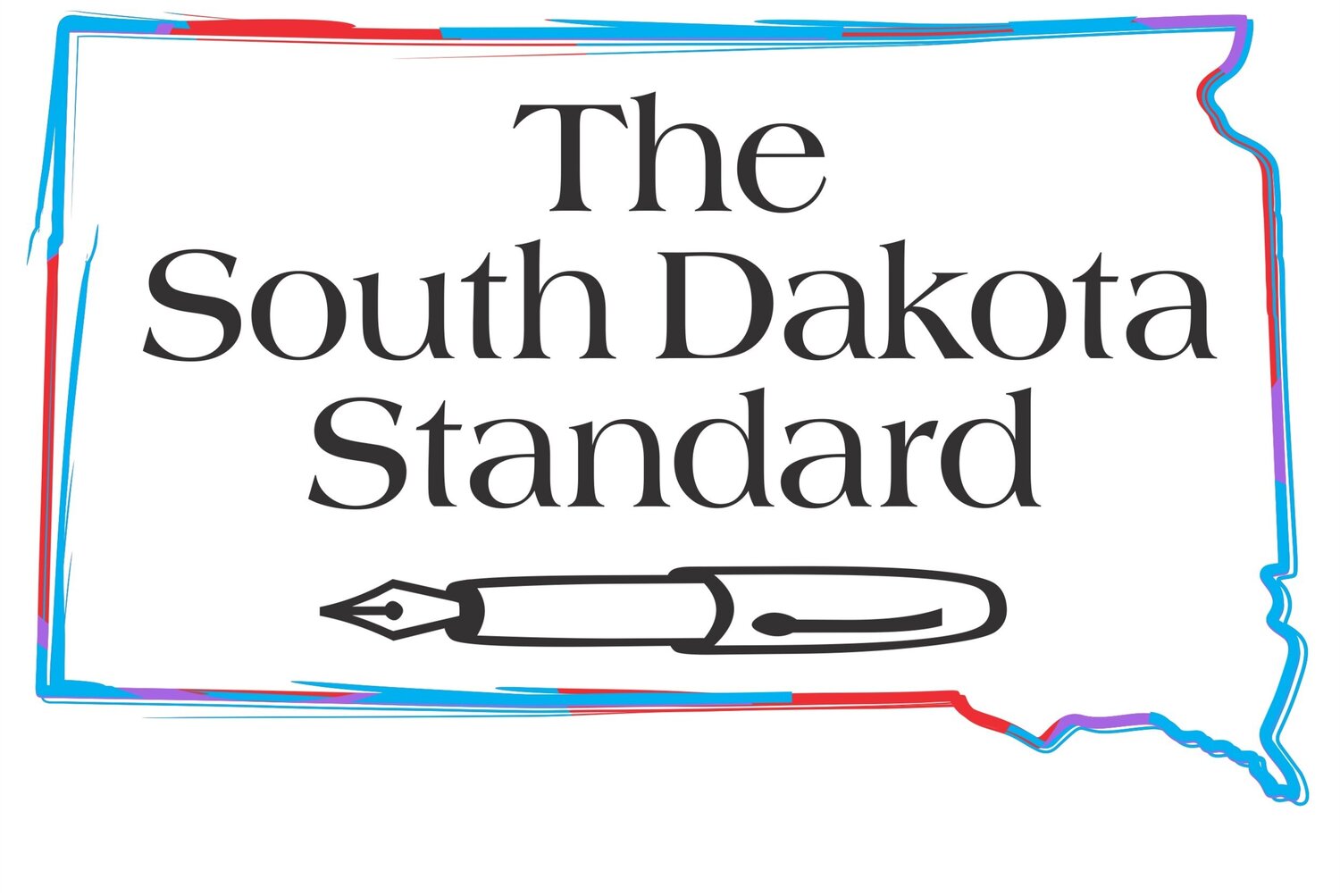Thinking about inflation. Despite the rhetorical noise, the current rate – 3.5% – is lower than it’s 60+ year average of 3.8%.
Political contingencies keep us living in the moment, so as we move closer to November the focus in the economic headlines and campaign chatter will probably remain on inflation. Trump supporters won’t let up on how high prices have gotten in recent years, while Biden’s backers keep reminding us that during his administration the inflation rate went down from 9% a couple of years ago to the 3.5% that was recorded last month.
The essential flaw in both these claims, of course, is the illusion that presidential policies have something to do with inflationary pressures that build up over time. The two biggest outbursts of inflation during my lifetime were created by external forces that had nothing to do with presidential fiscal policies.
The first occurred during the 1970s, when we had bouts of double-digit inflation that led to a stretch of awful economic performance. Did the presidential administrations of that era (Nixon, Ford, Carter) have much to do with the inflation? The answer is, marginally, at most. Here’s what Arthur Burns, the Federal Reserve Board chairman had to say about the ‘70s episode and its causes in a 1979 speech, when he concluded that “external forces” were the catalysts. Said Burns, “the loose financing of the war in Vietnam...the devaluations of the dollar in 1971 and 1973, the worldwide economic boom of 1972–73, the crop failures and resulting surge in world food prices in 1973–74, [and] the extraordinary increases in oil prices...[as well as] the sharp deceleration of productivity.”
My recollection of the era is that the OPEC oil embargo was most responsible, creating shortages and long lines at gas stations when prices tripled during the decade. More relevant as we enter the November elections a few months away from now, voters took their frustrations out on the two presidents, Ford (who came up with the button above, pictured in a public domain image on wikimedia commons) and Carter, who were in charge during most of the period. Neither was able to win a second term.
We haven’t seen anything close to that kind of price run-up during Biden’s administration, which has nonetheless endured the political fallout of some serious price volatility at the gas pumps. Things have calmed down a bit, but if the current round of upticks continues, the recent respite from bad news for the Biden administration could be over in a hurry.
Of some note, correcting for inflation, gas prices now are not that much higher than they were in 1965. Thirty-five cent gasoline back then, which memory tells me is about what I paid during my college days in California, would compute to $3.47 now, which is actually a tad less than what the Exxon dealer down the road from me is charging this morning.
As to the inflation front, overall, I was surprised to learn while getting information for this piece that the average U.S. inflation rate for the period 1960-2022 was 3.8%. Last month’s reading of 3.5%, year over year, is a dose of reality that will likely be ignored as inflation remains an overheated political talking point through November.
As to the numbers themselves, they provide a compelling perspective — but the meaningful question is: have wages kept up with inflation over those decades? The answer, at least through 2018, is yes. The Pew Research Center concluded in a study that year that “in fact, despite some ups and downs over the past several decades, today’s real average wage (that is, the wage after accounting for inflation) has about the same purchasing power it did 40 years ago.”
What about since 2018? I found a study that covers the period 2020-2024. It shows that the bout of post-covid inflation a couple of years back exceeded wage growth. Since then the data have moved favorably for wages, which have been rising faster than prices for about a year now.
Conclusion? None of this will matter much in coming months as competing politicos work to craft inflation narratives that suit their political aspirations.
John Tsitrian is a businessman and writer from the Black Hills. He was a weekly columnist for the Rapid City Journal for 20 years. His articles and commentary have also appeared in The Los Angeles Times, The Denver Post and The Omaha World-Herald. Tsitrian served in the Marines for three years (1966-69), including a 13-month tour of duty as a radioman in Vietnam. Reprint with permission.







